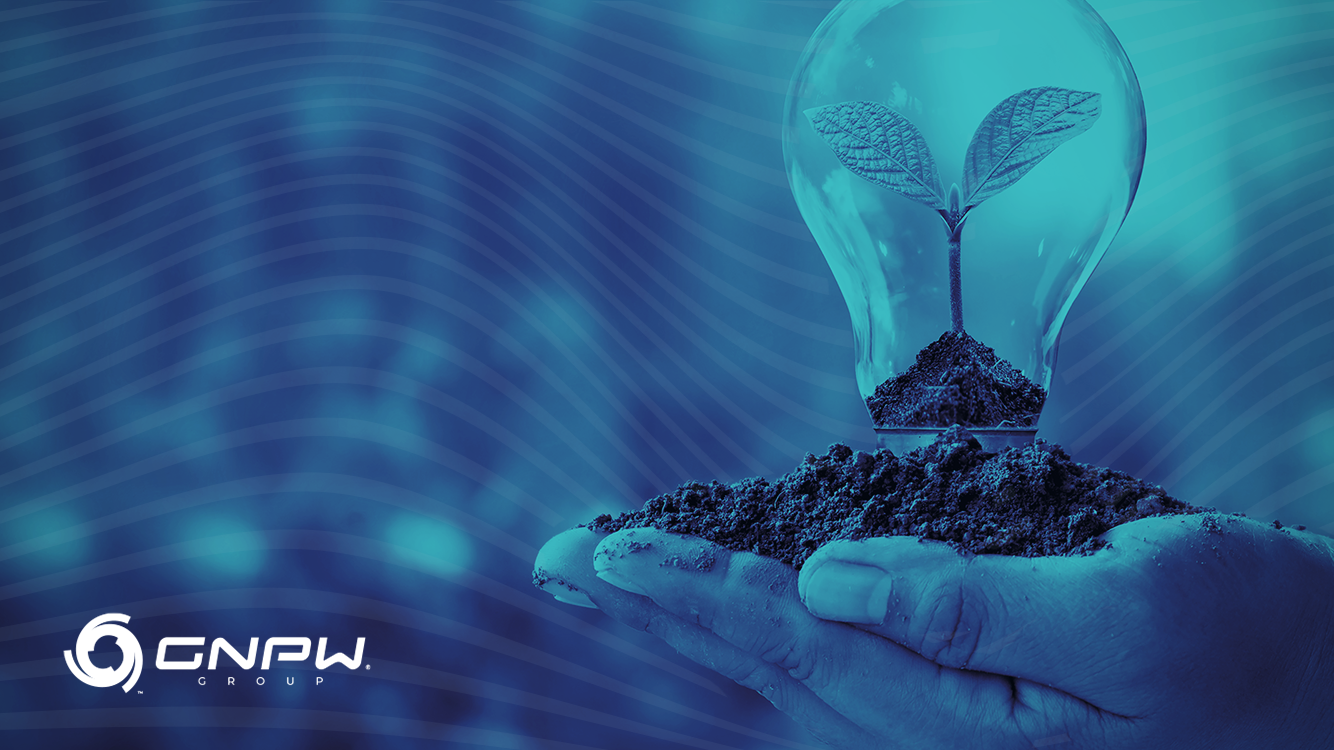The urban solid waste energy recovery projects (RSU) will compete in the A-5 New Energy Auctions.
In September, the Nova A-5 energy auction of 2021 will be held. The highlight goes to the registered RSU energy recovery projects, which applied 12 projects with 315 MW. In total, 1,694 projects were registered, totaling 93.9 GW of supply.
This will be the first energy auction for energy recovery from urban solid waste (RSU). The measure is viewed with satisfaction by the sector, which believes that this type of energy use is a solution to the environmental crisis.
When talking only about MSW in the country, the potential of biogas is around 1GW of installed capacity for electricity generation. Thus, providing an efficient destination for this material is an important step towards putting an end to garbage dumps and landfills, through energy generation.
What are the benefits of investing in MSW energy recovery?
Including MSW energy recovery in the energy auction is essential to leverage a new type of investment in the energy sector and show investors that this is a rising source.
The thermal treatment coming from waste, called Waste-to-Energy (WTE) plants, is an important factor for the sustainable management of MSW, with environmental and energy benefits.
With the decision of the Ministry of Mines and Energy (MME) to include the energy recovery of waste in this year’s auctions, there was an effective leverage of market conditions for the development of this type of business and the acceleration of projects throughout the country. Although there is still no WTE plant in the country, this first auction opens the door to many initiatives.
A WTE plant generates, on average, 600 kWh of electrical energy per ton of MSW. Meanwhile, the landfill with the capture of biogas extracts an average of 65 kWh per ton. In other words, a plant has an efficiency ten times greater than a landfill. Another point is that landfill energy is captured slowly while electricity is generated immediately in a Waste-to-Energy plant.
Finally, investing in WTE plants is a good alternative, as this source is non-polluting and has low intermittency, unlike wind and solar plants. This model is even able to offer lower prices than conventional thermoelectric plants powered by fossil fuel.
Sustainable MSW management in Brazil
In the country, if 35% of RSU were destined for heat treatment WTE plants, it would be possible to produce 1,300 GWh/month. This would be enough to consume 3.29% of the national demand for electricity. Although it is a small number for the national generation, this model has become a good alternative for industries and agricultural producers. After all, they manage to reduce electrical costs with this model and, at the same time, manage to eliminate process waste.
Brazil lags behind in managing its waste. Even with the National Solid Waste Policy (PNRS), a large part of the waste is sent to dumps, without proper treatment or proper management. The European Union sends 47% of its waste to recycling and composting, 28% to WTE plants and 24% to landfills, capturing methane for energy generation.
To guarantee the universality of sustainable management of MSW in Brazil, an investment of US$ 3 billion per year would be necessary, until 2031. Part of this money would be destined to the construction of anaerobic composting plants, to generate electricity or biomethane.

Comment